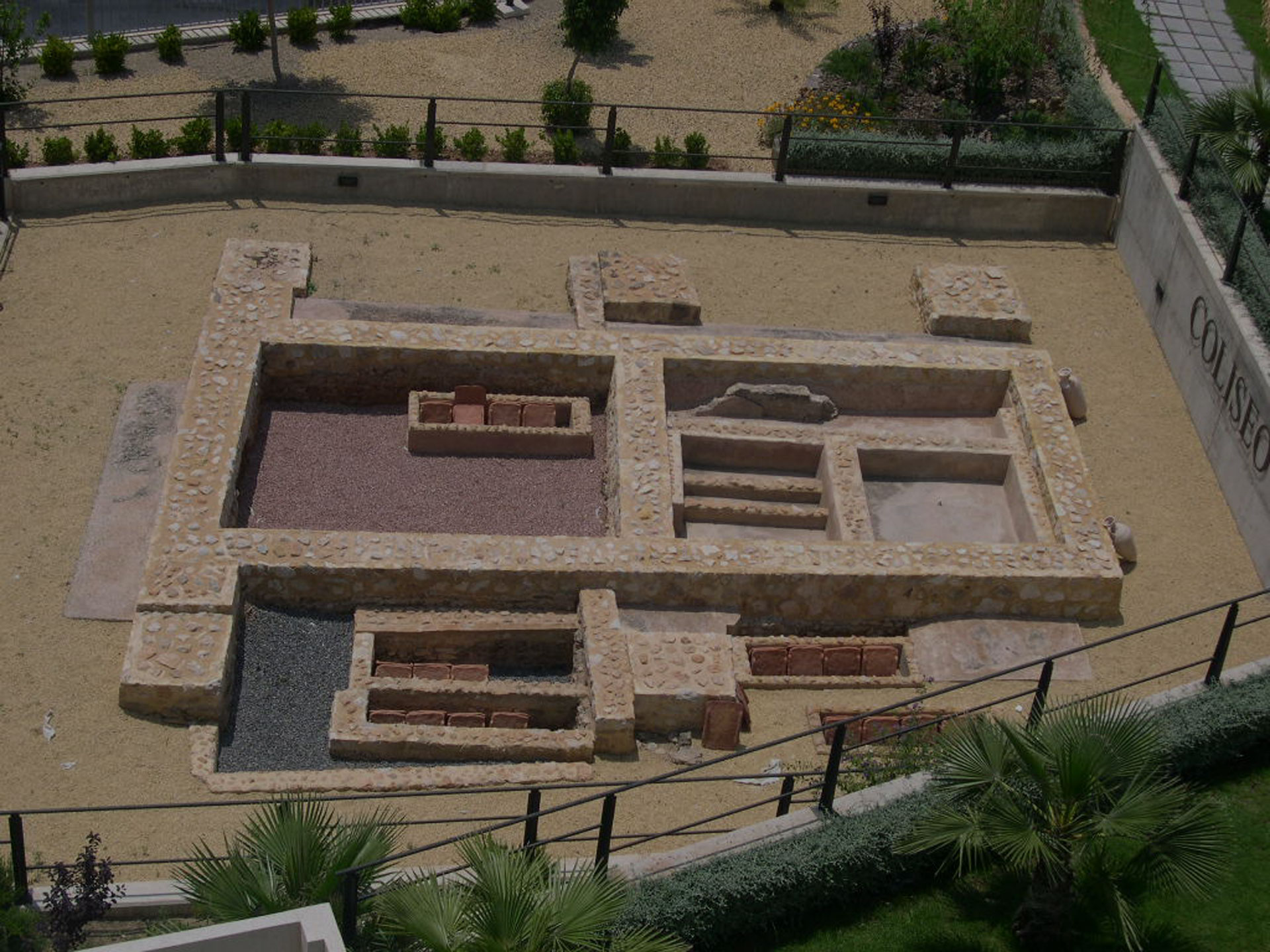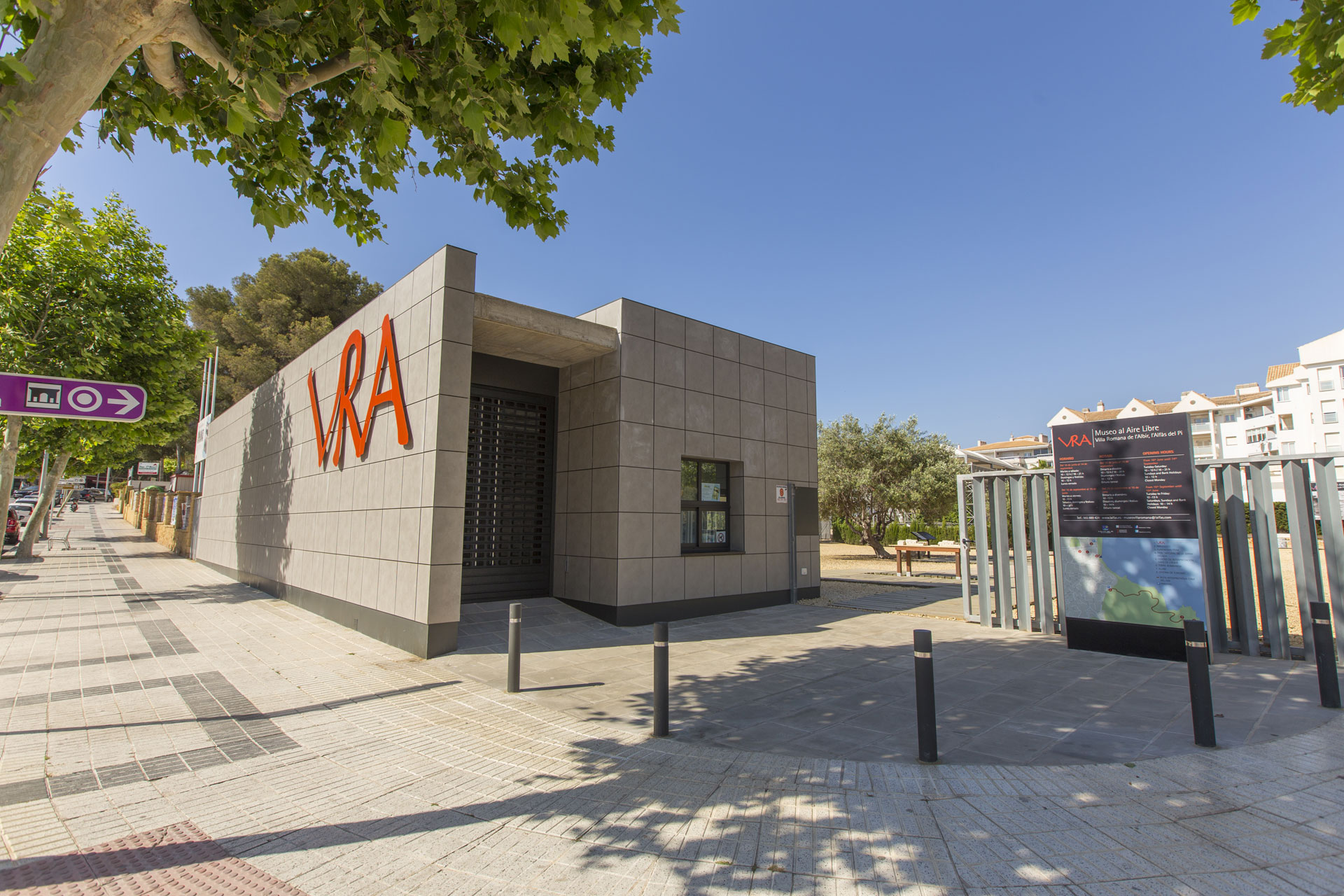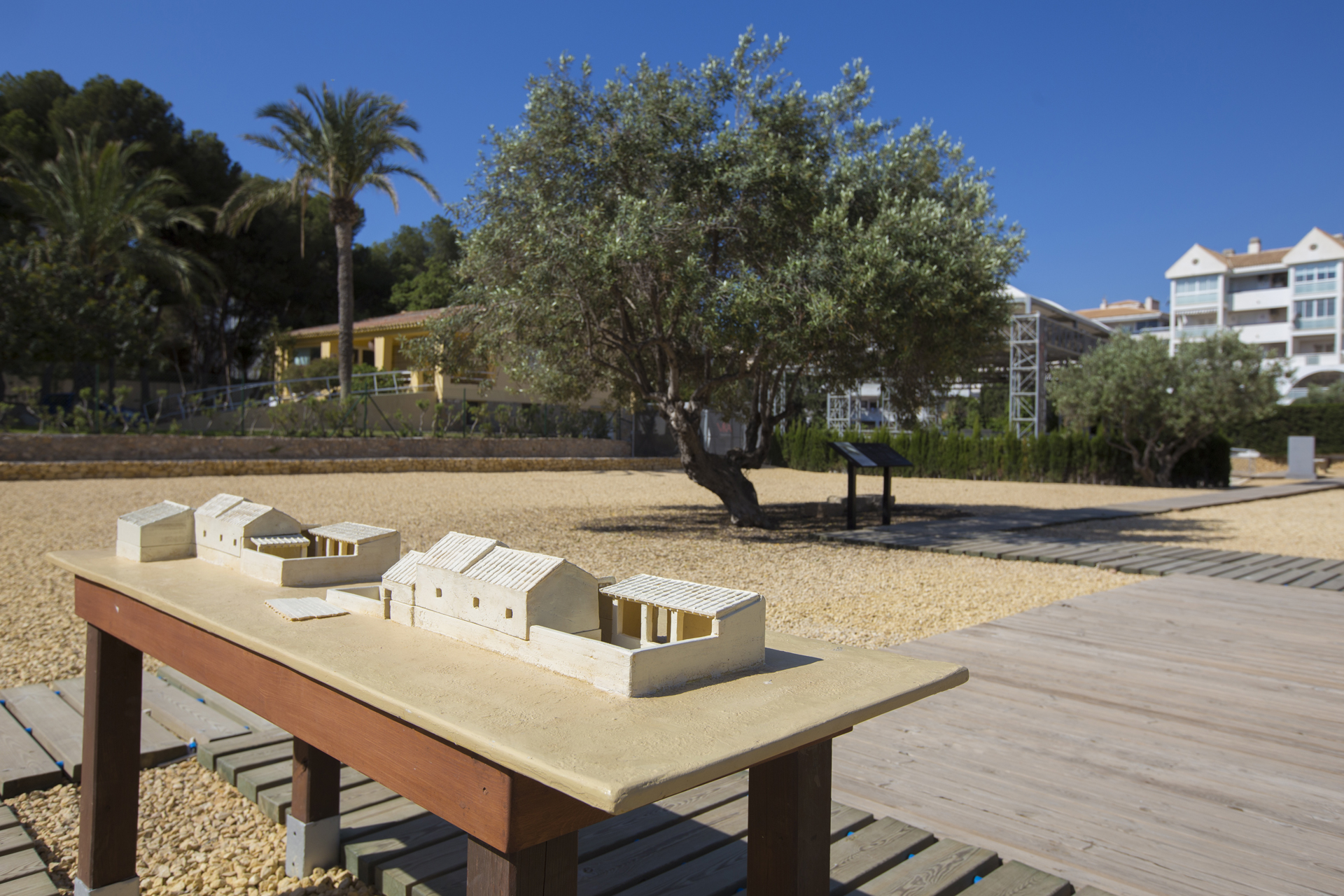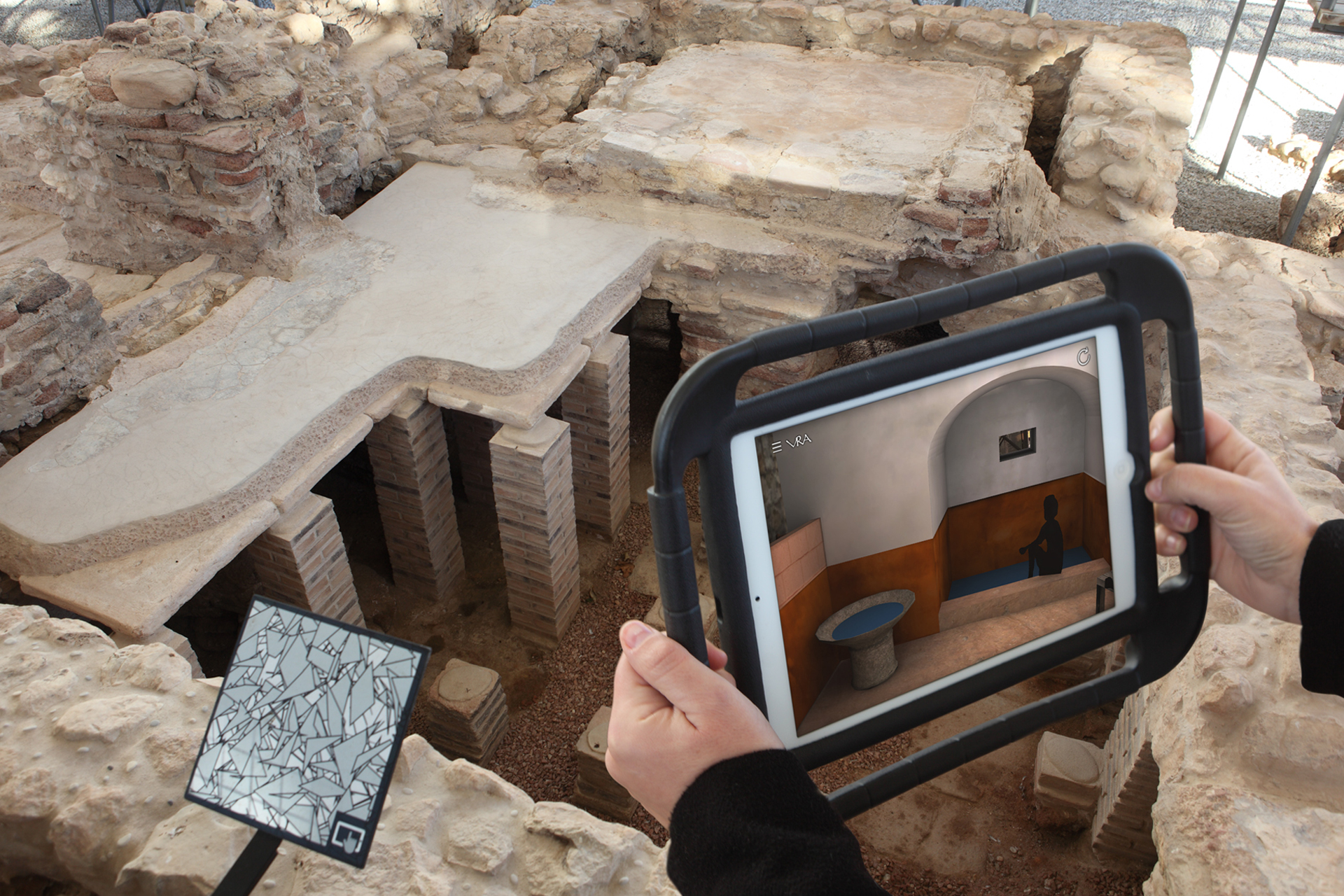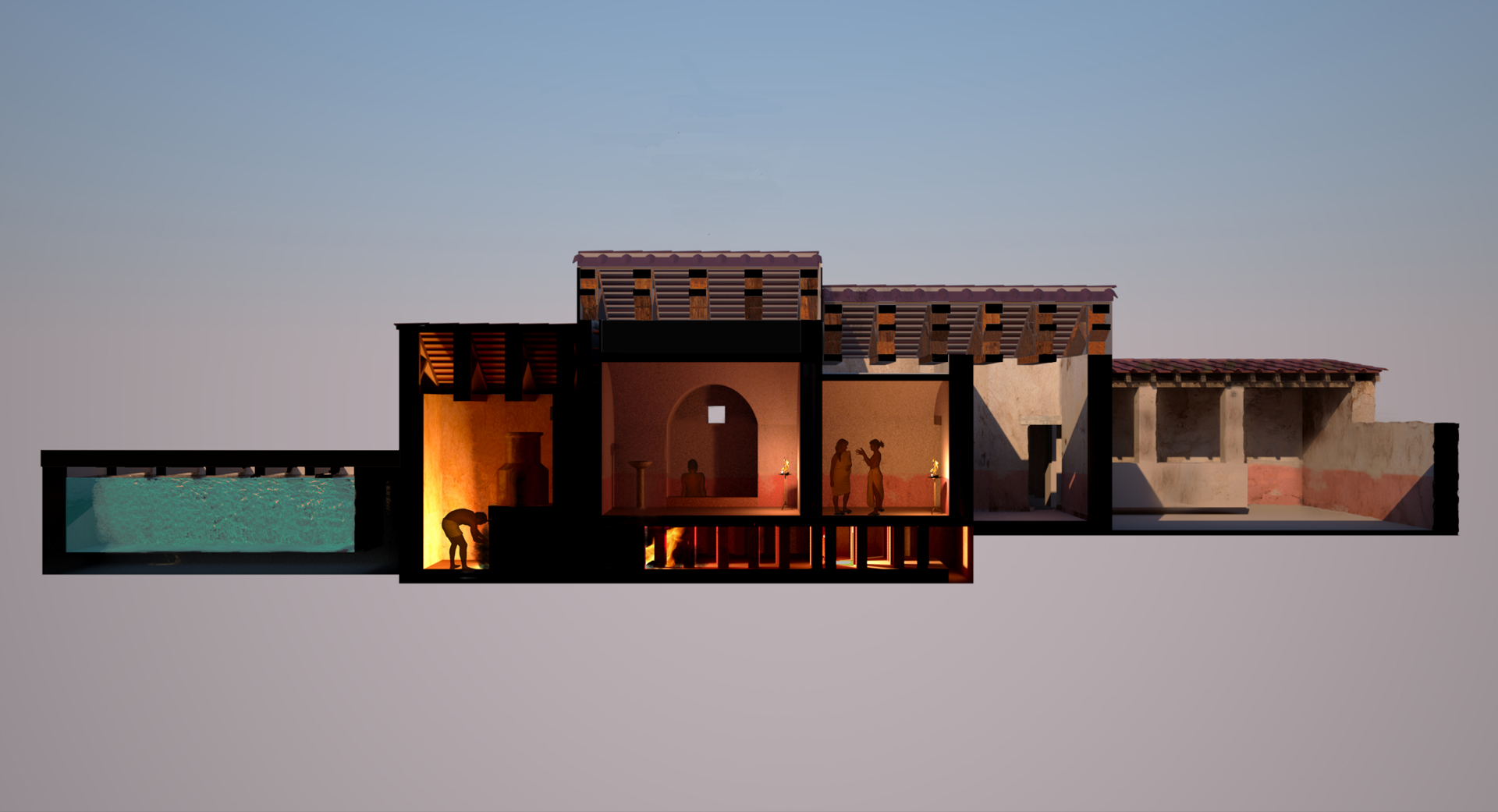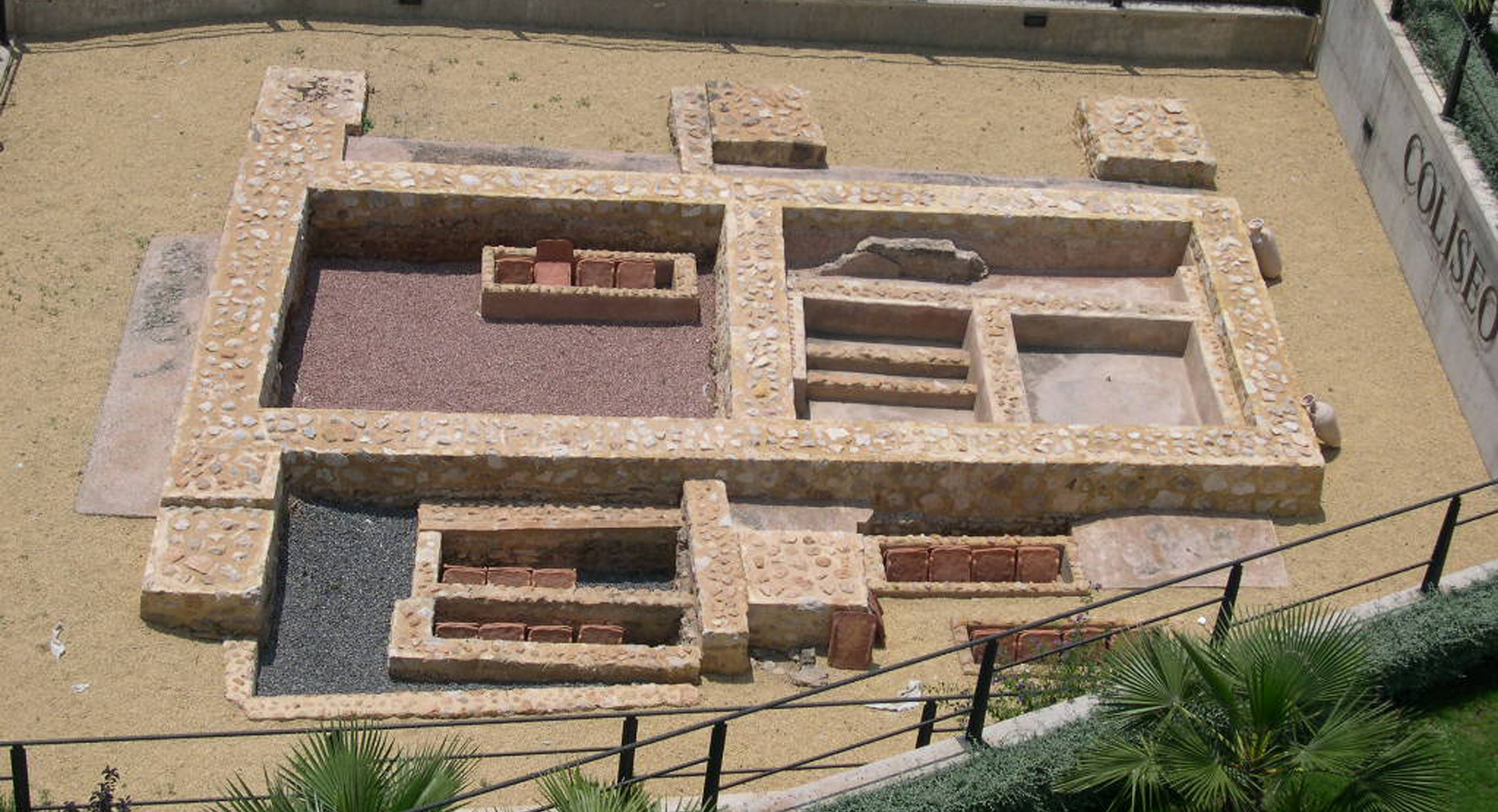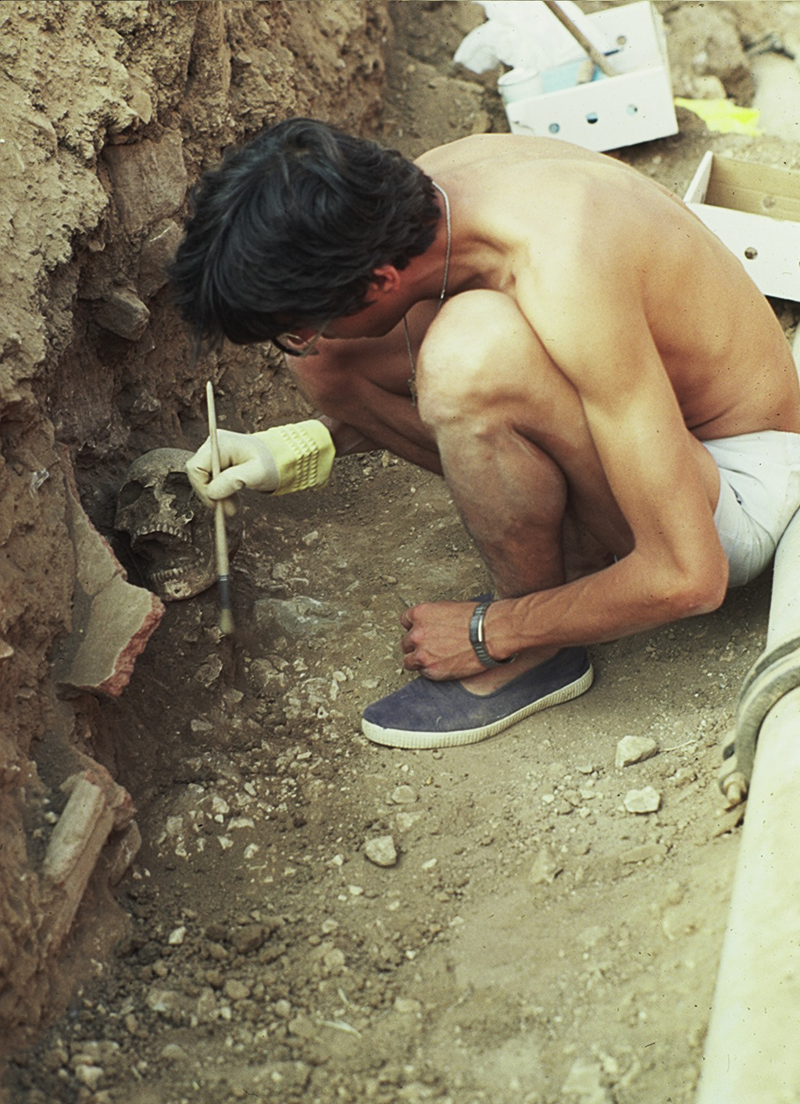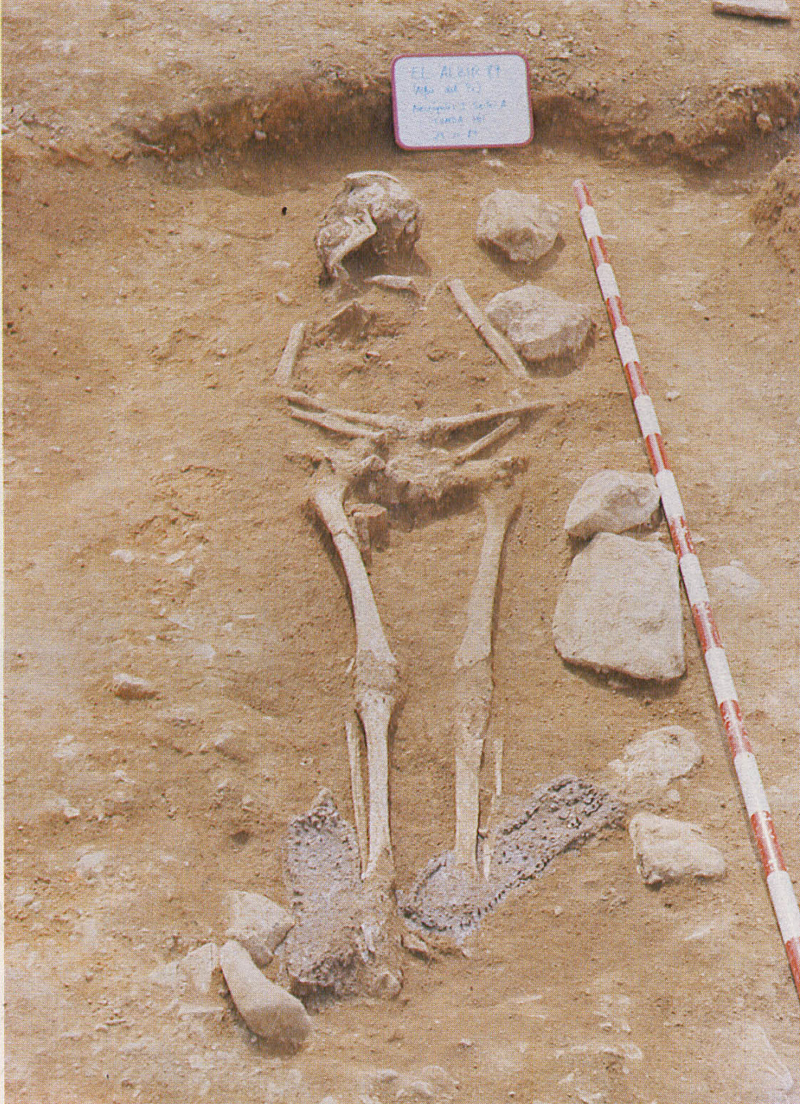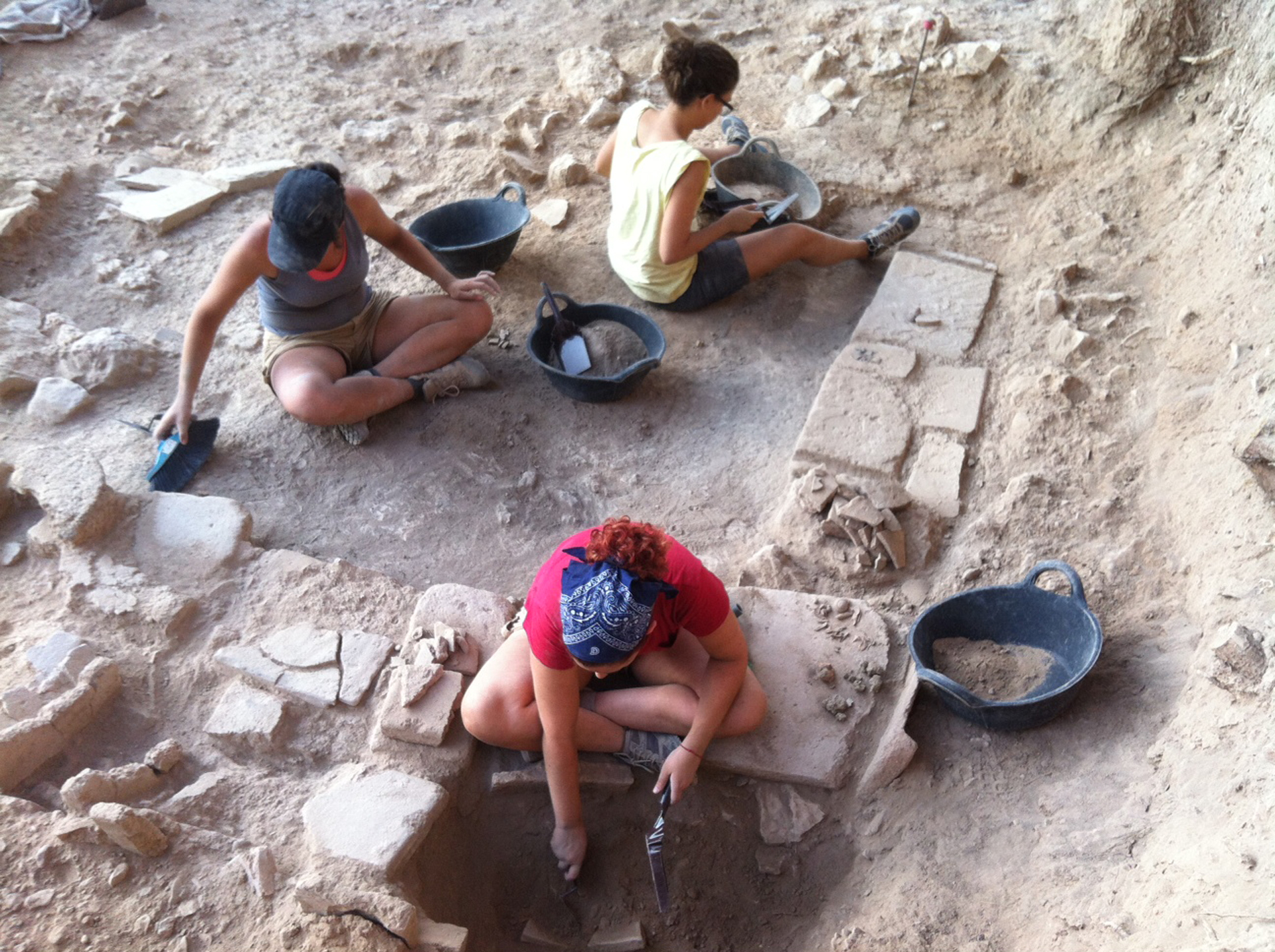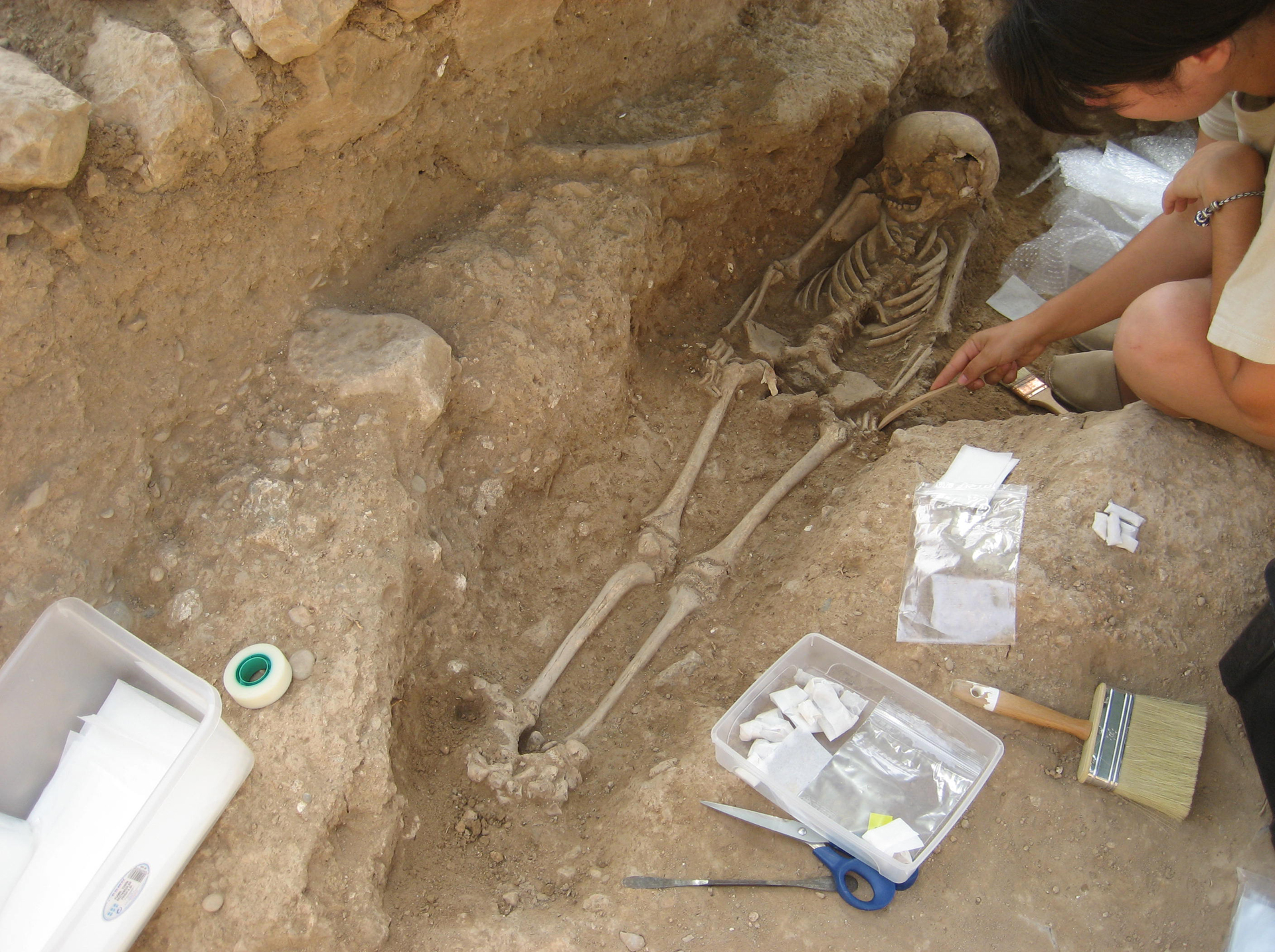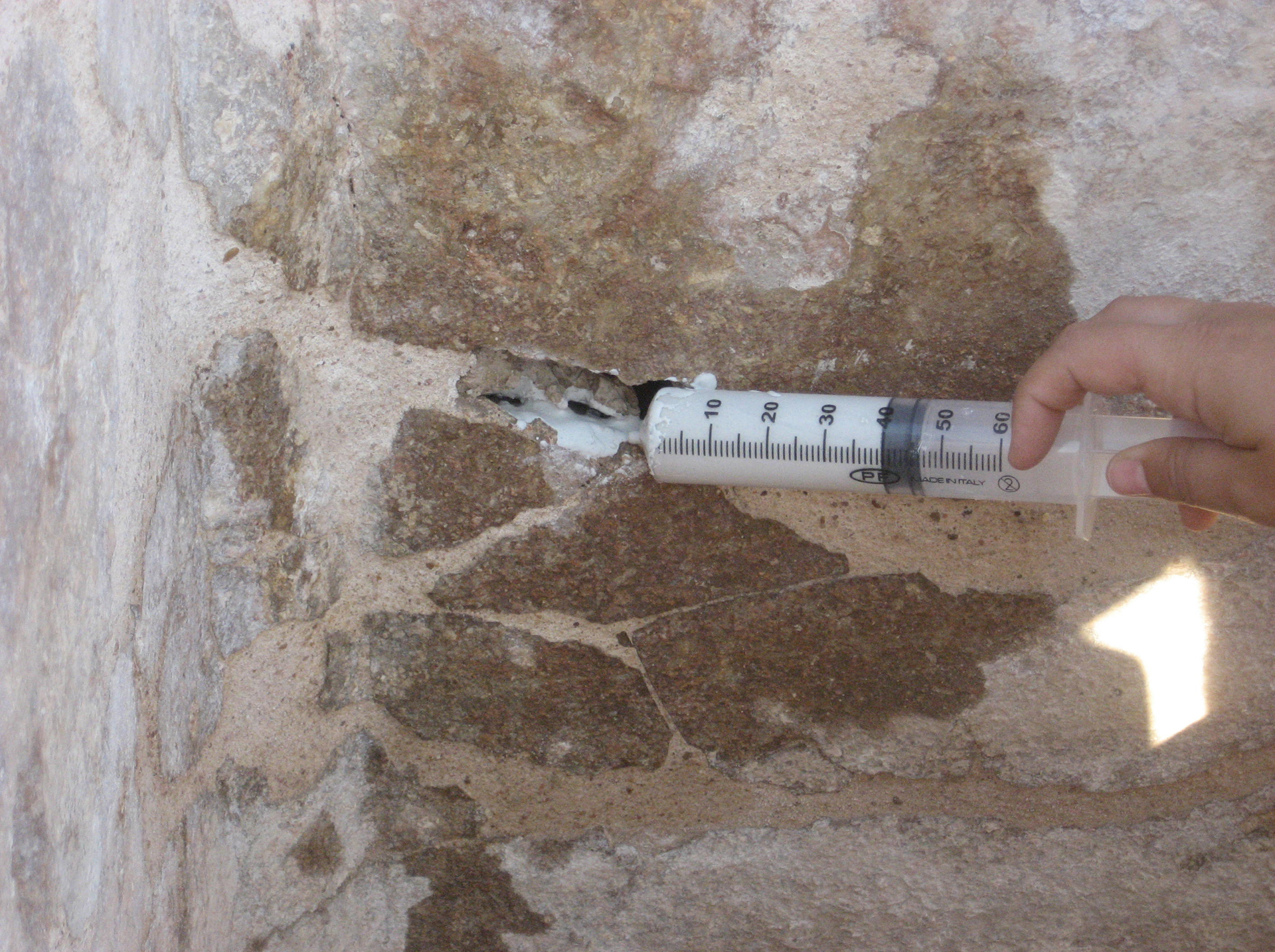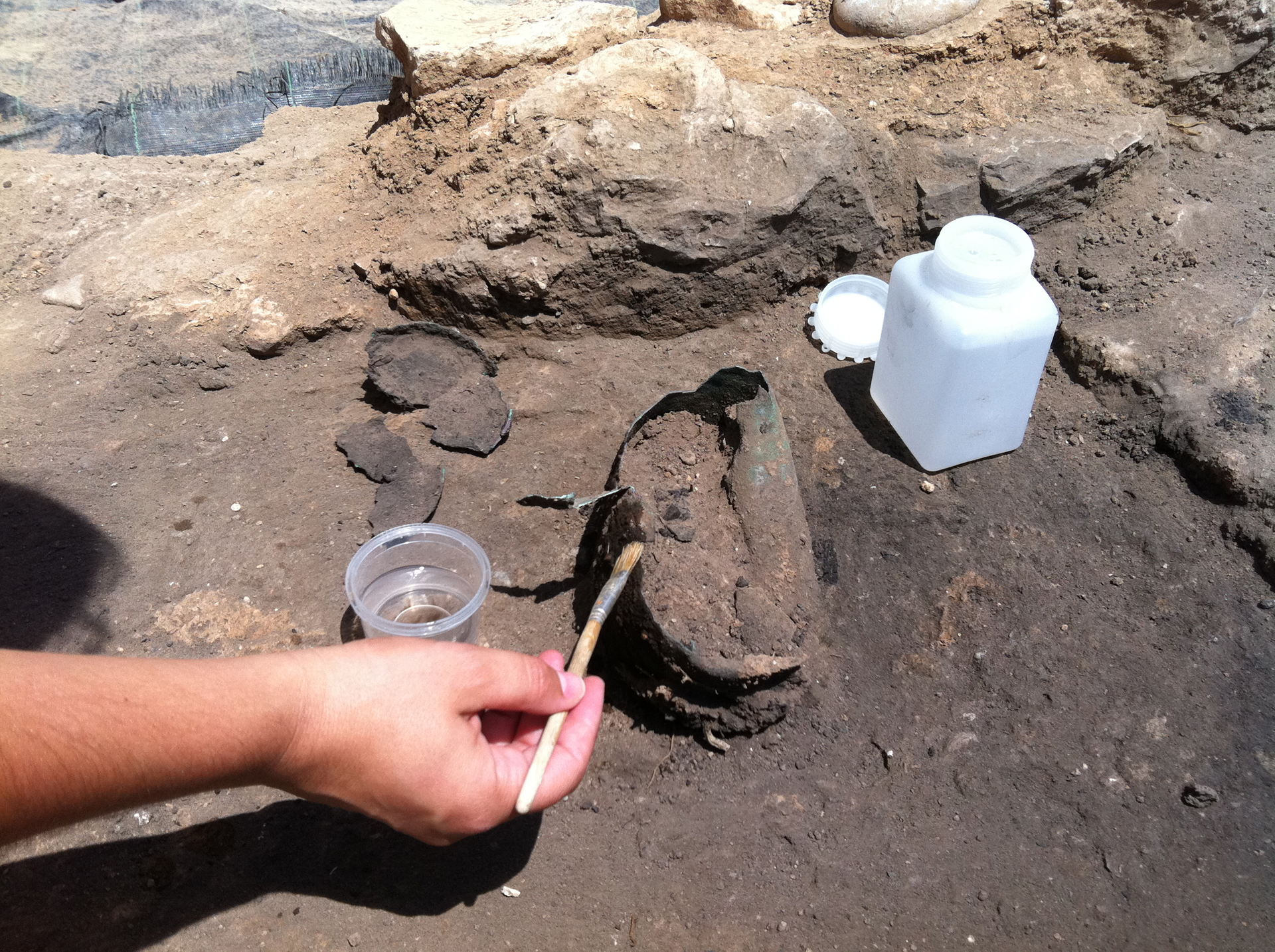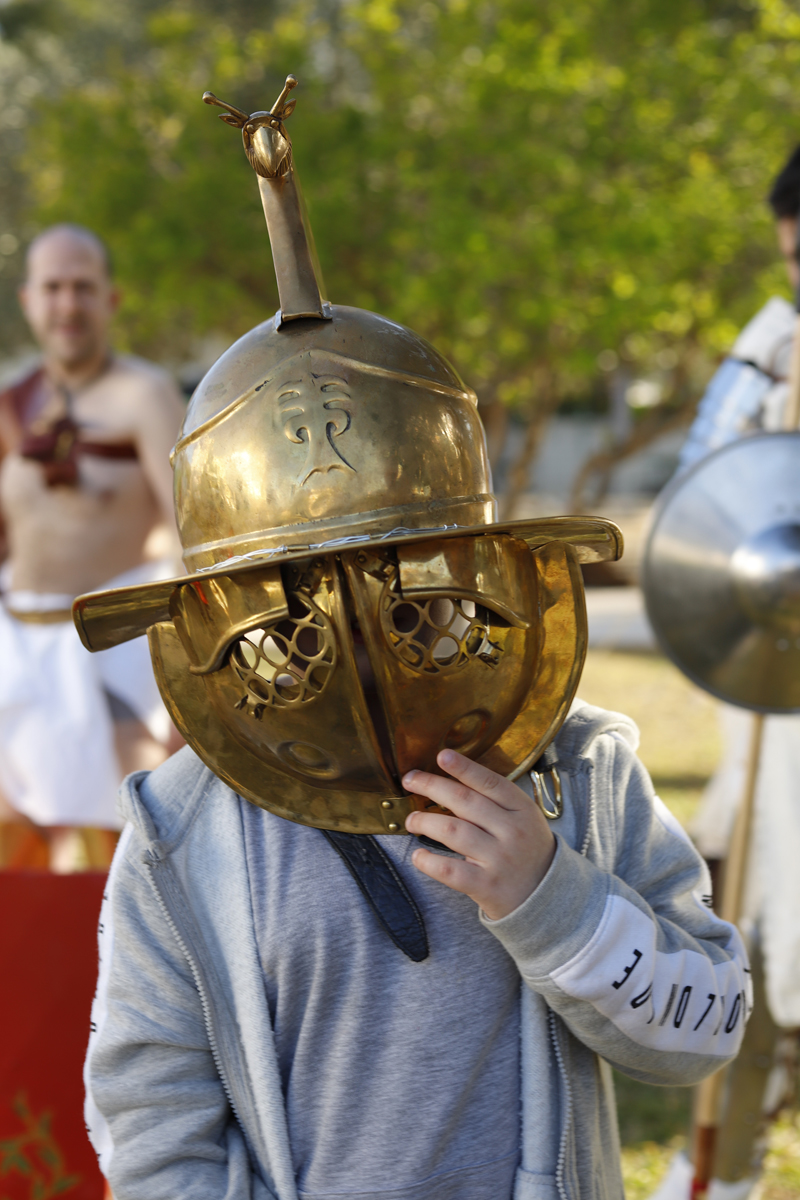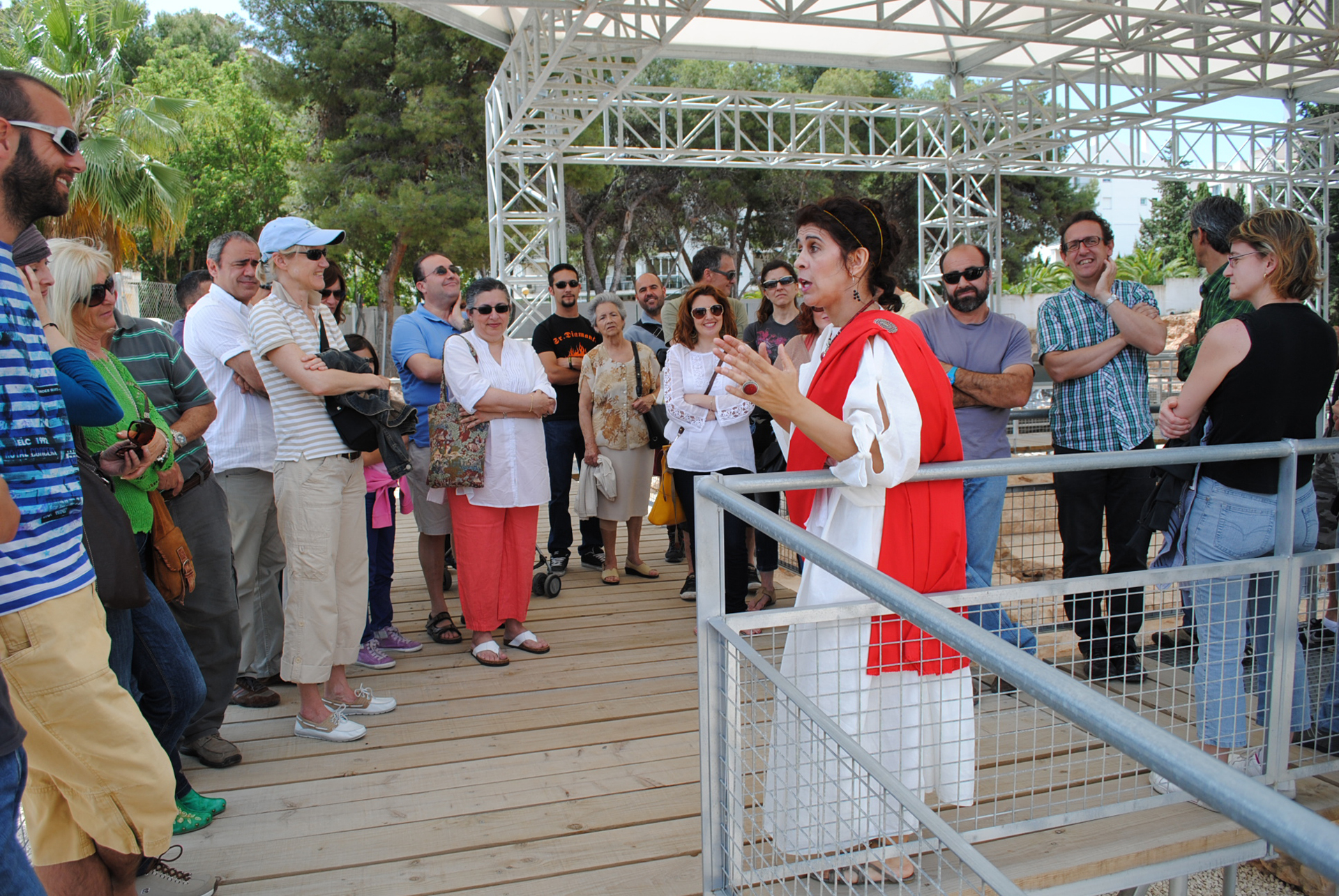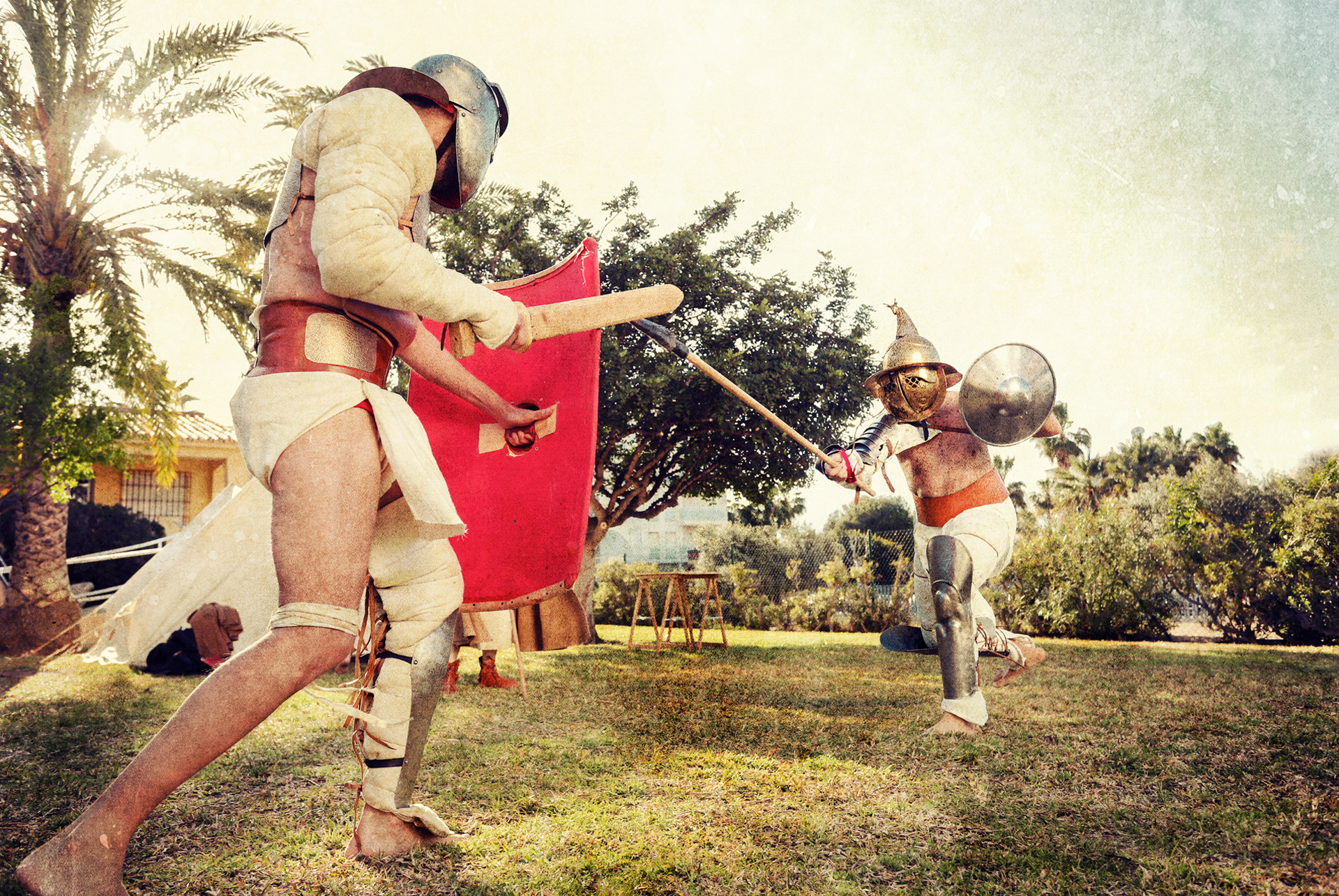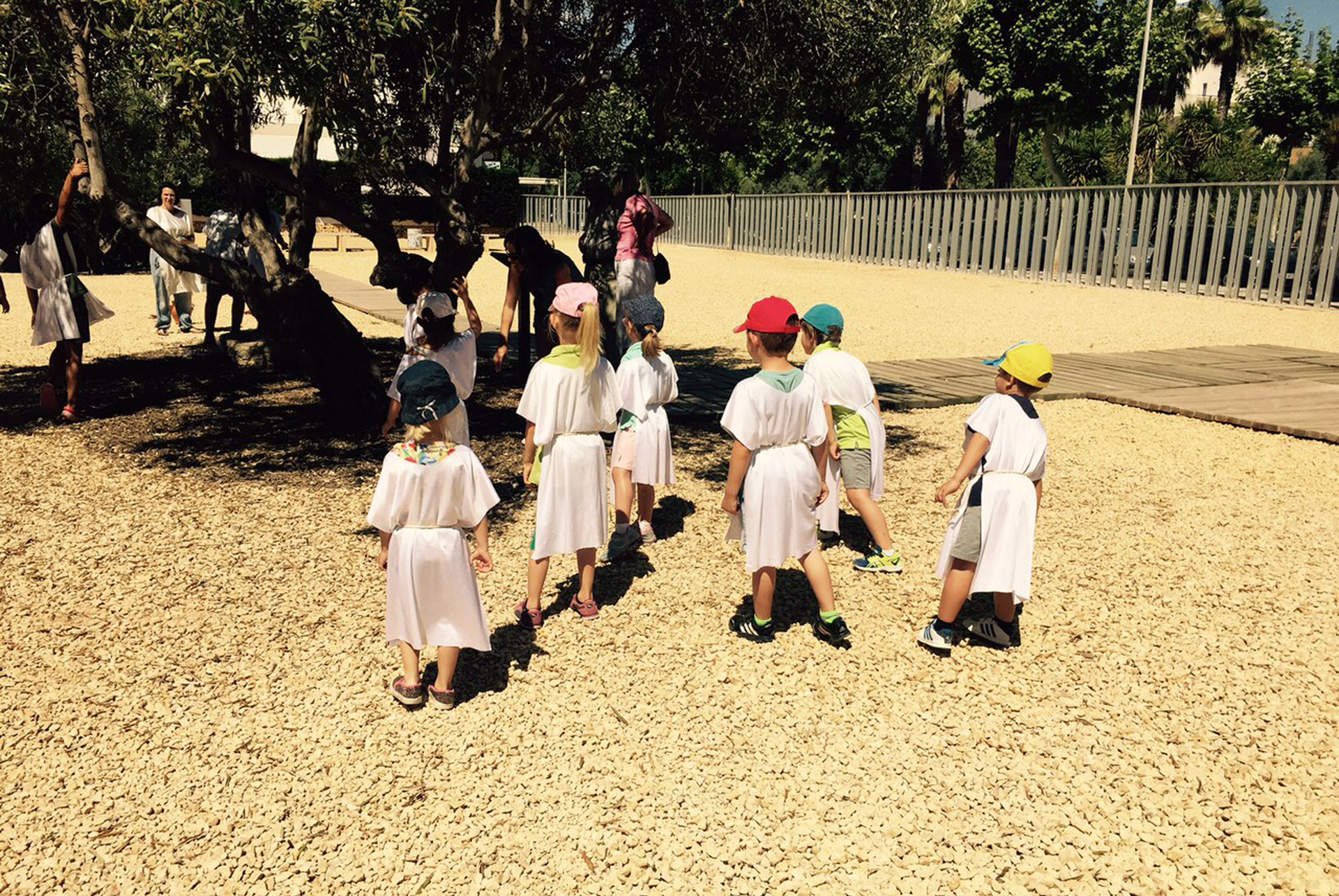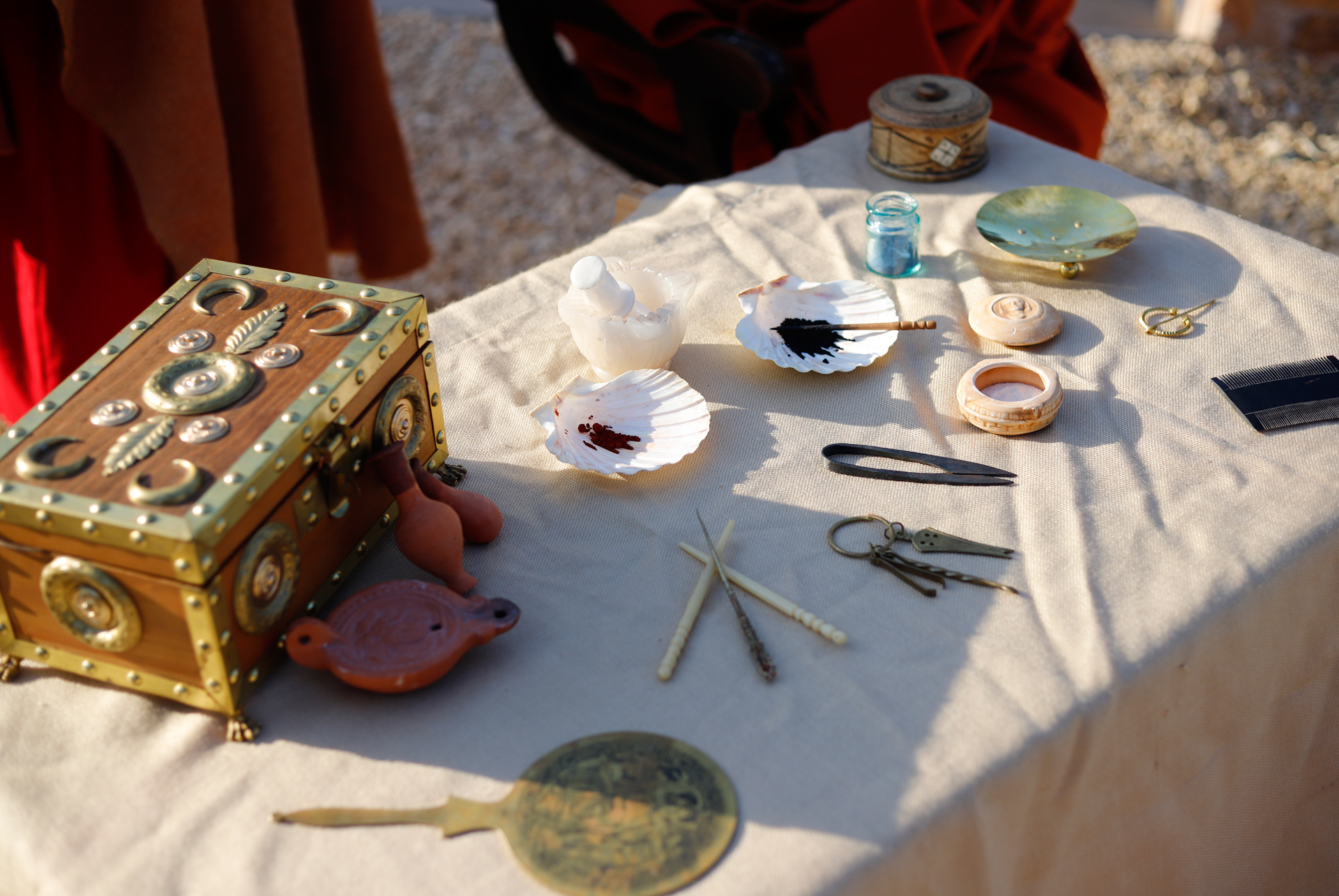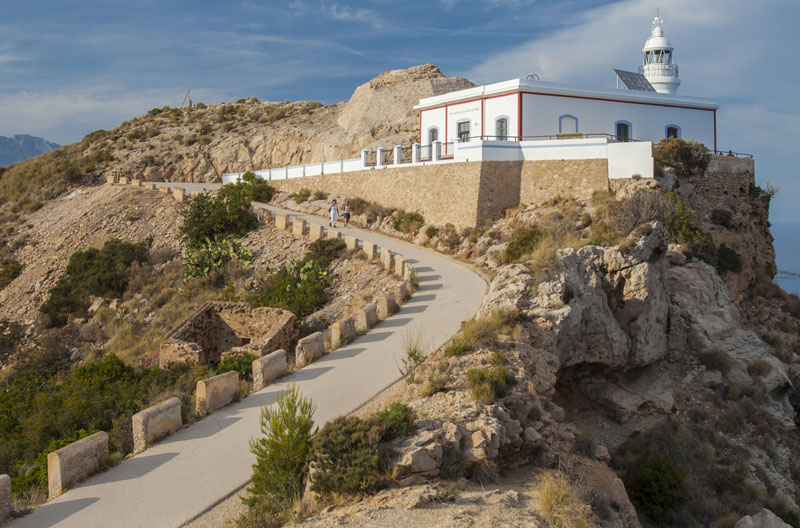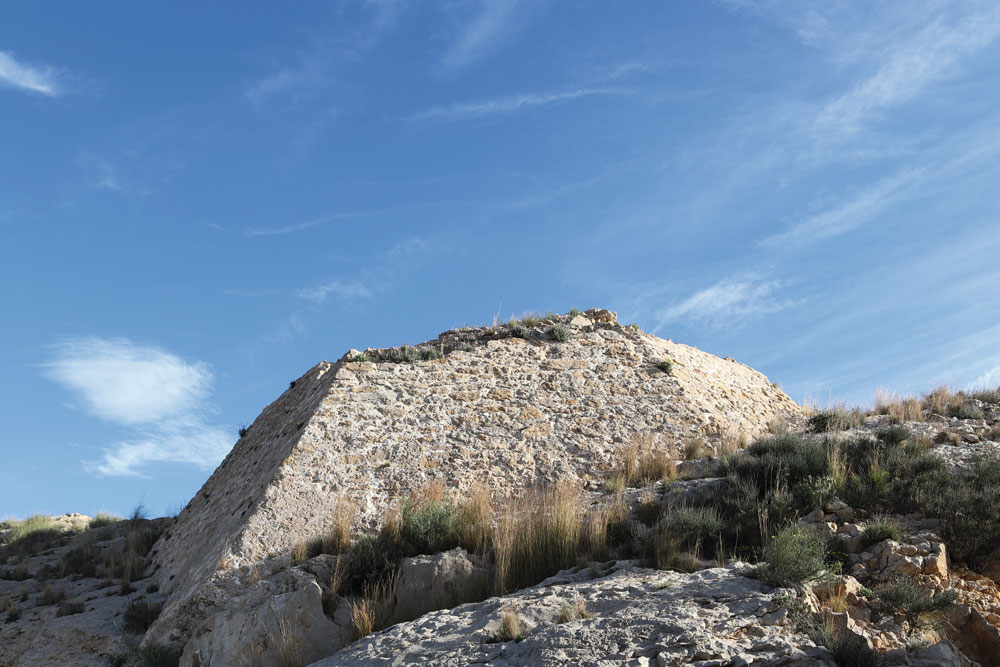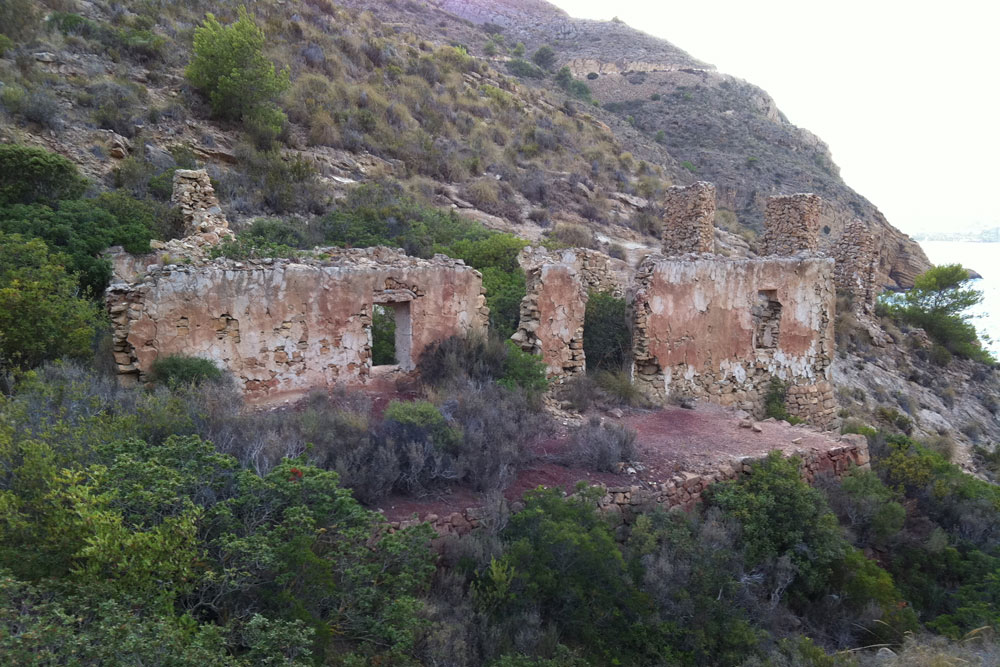The visit begins in a small exhibition room with samples of some of the pieces found at the site, a video presentation and objects that show us aspects of a day in the life of a noble family in a rural settlement during the last centuries of the Roman era (4th and 5th century AD). The visit continues with the archaeological ruins of the villa, for now the only visitable areas are the thermal baths and the oecus, the dominus quarters.
Finally, you can visit the mausoleum, a funerary building that holds the burials of an important family, possibly the owners of the villa. It is located on Calle Ruperto Chapí street, very close to the museum.
To help you understand the site better, you have at your disposal virtual guides through ipads that, using Augmented Reality, overlap virtual reconstructions of the thermal baths upon the actual archaeological remains. You also have educational panels with information in different languages at your disposal, with photographs, images and reconstructions in 3D.
The whole visit is accessible both for people with disabilities as for children prams.
For groups with over eight people it is necessary to inquire about the availability of the guided visit service and make prior reservations by email (museovillaromana@lalfas.com)

